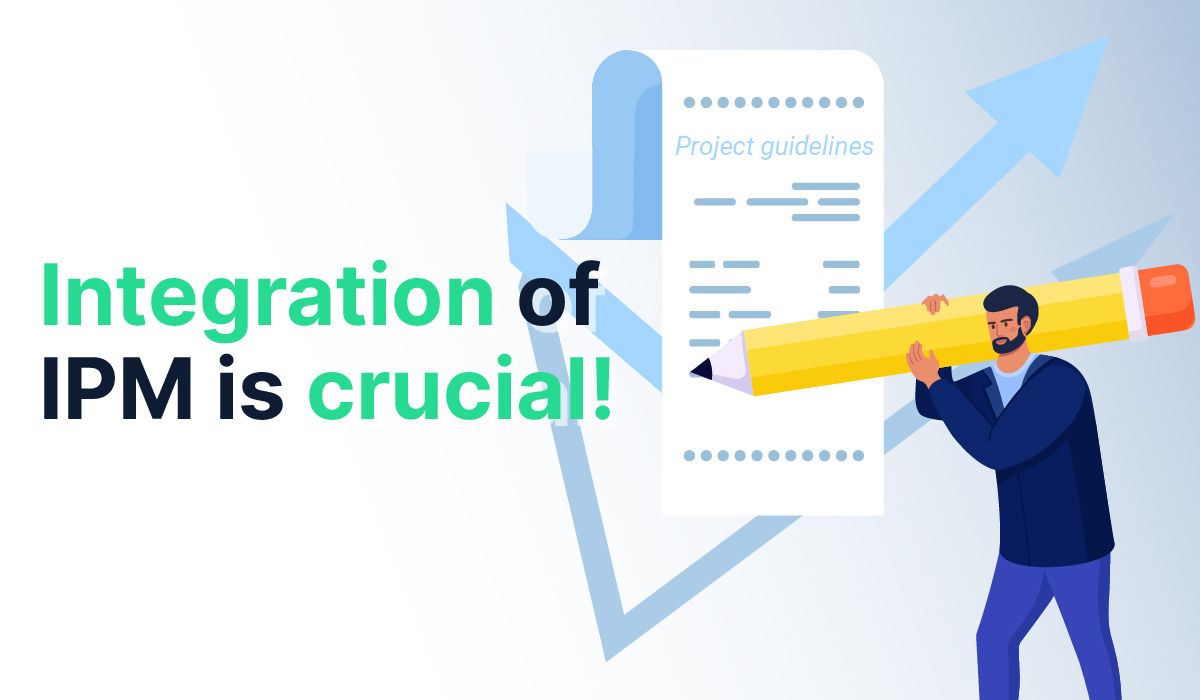
The Integration of IP Management (IPM) into projects
The integration of IP management (IPM) into projects plays a crucial role in maximizing the benefits of innovations. The following steps and considerations should be taken into account during the respective project phase.
Project Initiation: State of the Art and FTO Analysis
At the beginning of the project, the state of the art must be identified both internally and externally. Early involvement of IPM allows for the recognition and utilization of internal resources, such as existing patents or intellectual property rights within the company. It also enables the identification of external resources, whether in the form of licensing opportunities or partnerships, to strengthen the project. A Freedom-to-Operate (FTO) analysis helps identify existing patents and ensures that the project does not infringe existing rights. It is a legal review process that typically results in clear calls for action. These may include adjusting planned activities, circumventing certain protective rights, or obtaining licenses.
Early Inventions: Protection and Markets
After the first inventions, consideration should be given to the protective measures that might have to be taken. What type of protection – whether it be patents, trademarks, or simply as a trade secret – is most suitable for the innovation? Analysis of desired markets helps determine the scope of protection.
Cost Estimates in Project Budget
Realistic cost estimates for protecting the innovation should be considered an integral part of the project budget. This includes patent application fees, potential licensing costs, and ongoing administrative expenses.
Product Development: Continuous Review of IP Integration
During product development, it is important to ensure that the protected elements remain part of the product. This is particularly important as changes may be made during the development process, whether for optimization, efficiency enhancement, or adaptation to new requirements. Such modifications could result in originally unprotected elements suddenly falling within the scope of existing patents or vice versa. The need for constant monitoring also arises because patents are limited in time. Patents expiring during the product development cycle is an actual threat that has to be eliminated.
Project Completion: Review and Possible Patent Stop
After completing the project, a review of the patents is necessary. It must be decided whether the patents should continue to be maintained or whether some of them are no longer relevant and can be abandoned. This step can also influence the preparation for future projects.
Conclusion
The integration of IPM into projects is a dynamic process that requires continuous monitoring and adjustment to maximize the value of innovations. The Patent Cockpit provides a complete overview during all phases with just a few clicks.
< Zurück zu allen Blogposts